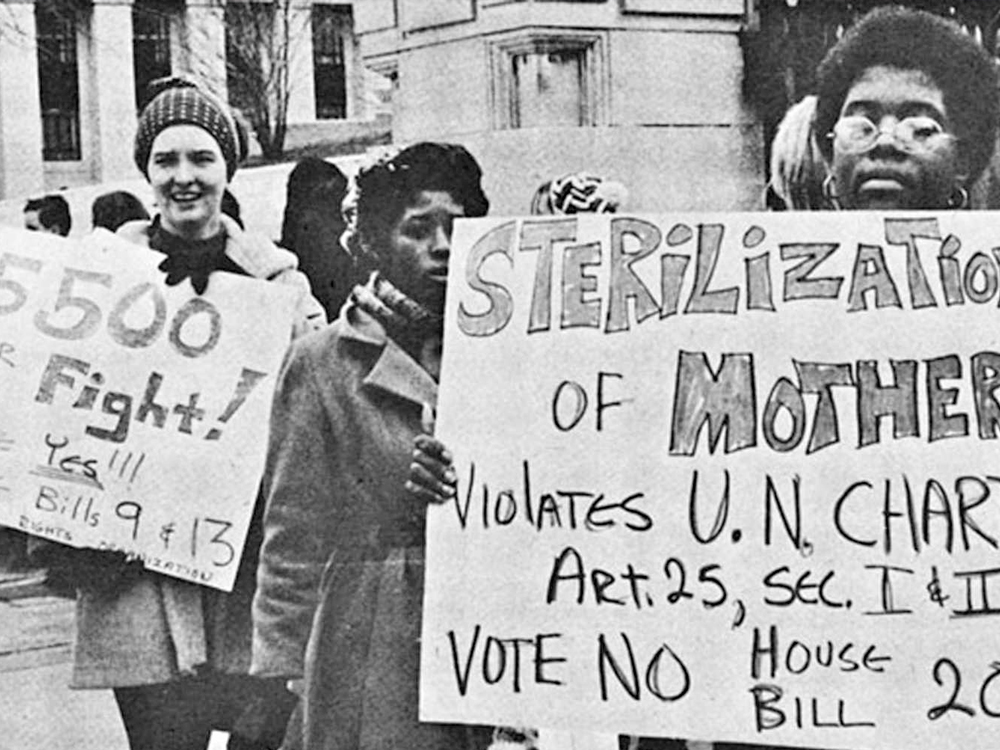
Trump is not the only reason for America’s troubles. The 45th President, for all the damage he has done, is not the sole source of America’s insecurity and suffering.
A look at the unvarnished history of this country reveals that the legacy of our lack of safety goes back centuries, since the country’s inception. Trump’s reign of terror was not an aberration; it was a culmination. Lest we forget:
- 1673: English colonists in Connecticut block the two exits to the walled village where the Pequot tribe live and set fire to it, shooting anyone who tries to escape. Between 500-700 children, elders and adults are killed
- 1763: Smallpox blankets: British soldiers in the Great Lakes area use germ warfare to decimate the Native resistors
- 1793: When Yellow Fever hits Philadelphia, African Americans are believed immune (as many were to malaria) and enlisted to do nursing, collect bodies and dig graves. The theory is wrong: black people are not immune, and they died at the same rates as whites in the epidemic. Afterwards, African Americans are accused of “extorting high wages, or even stealing from those they nursed”
- 1845: J.Marion Sims, the “father of modern gynaecology” conducts experimental fistula surgeries without anaesthesia on enslaved black women. One 17-year-old woman endures 30 unsuccessful surgeries
- 1918: 33-year-old Mary Turner, 8 months pregnant, publicly declares the injustice of her innocent husband’s lynching. In retaliation, the white mob ties her from a tree by her ankles, douses her with gasoline, burns her, and while she still lives, slices open her belly so her baby falls on the ground, alive and crying out, before a man stomps on its head and crushes it
- 1919: In Elaine, Arkansas, sharecroppers enlist the help of a white attorney from Little Rock to help them demand fair prices for their goods, because each year the white landowners extort huge, unfounded sums. Hearing of the “insurrection,” the Governor enlists 500 soldiers to round up the “negroes” and “kill any negro who refused to surrender immediately.” At least 200 black men, women and children were slaughtered
- 1930-1970: Coerced sterilizations in South are so common they’re referred to as “Mississippi appendectomies.” Between 1930 to 1970, 65 percent of the 7,600-plus sterilizations ordered by the state of North Carolina were carried out on black women. A 1965 survey finds that one-third of Puerto Rican women between the ages of 20 and 49 have been sterilized in population control programs enforced by the US government
- 1932-1972: The Tuskegee Experiments: the US Public Health Service entices 600 poor black sharecropper men to enlist in a clinical study by telling them they’ll receive free healthcare over six months. They’re never told the purpose of the study is actually to observe untreated syphillis. It’s extended for 40 years, and even after penicillin is discovered as effective treatment by 1947, none are treated. Many die or pass the disease onto their wives and newborns
- 1968: Cancer Alley: In the town of Reserve, Louisiana, chemical corporation DuPont begins emitting carcinogenic toxins, one of over 150 petrochemical industries situated between Baton Rouge and New Orleans along the Mississippi River, exposing residents over decades through the present day. The risk of cancer is 50 times the national average. Nearly every household has lost someone to cancer. At least seven large new petrochemical facilities and expansions have been approved for places in the river corridor since 2015. The COVID-19 death rate here so far has been five times higher than the overall US rate.
- 1989: federal drug czar William Bennett urges hospital delivery rooms serving black women to introduce screening for cocaine. Mothers who test positive lose their newborns on the spot; some even go to jail, still bleeding from labor. Tens of thousands have their babies and older children taken by the state and put in foster care.